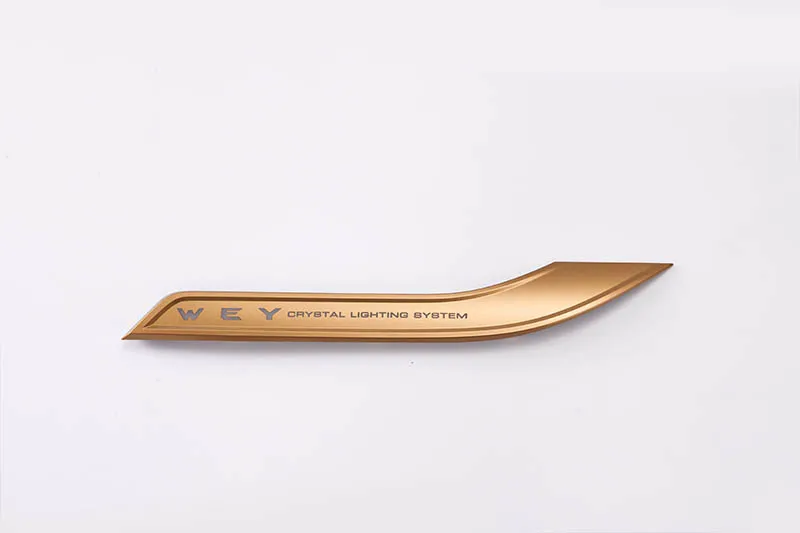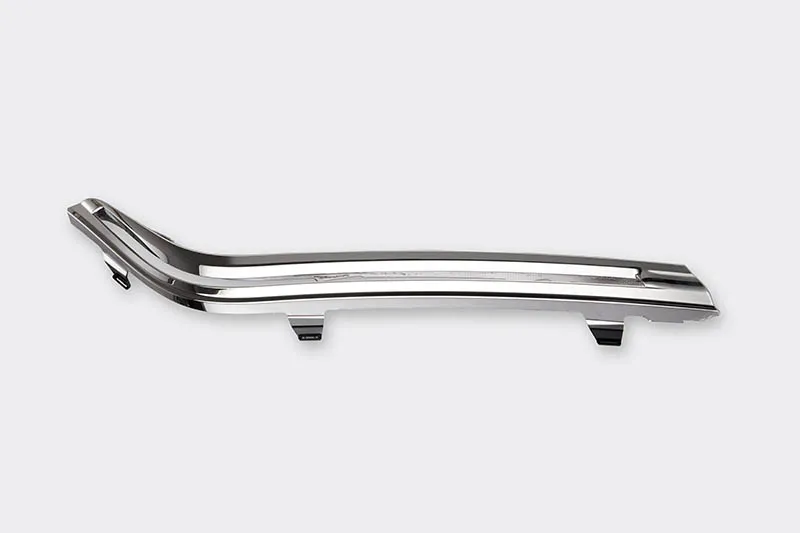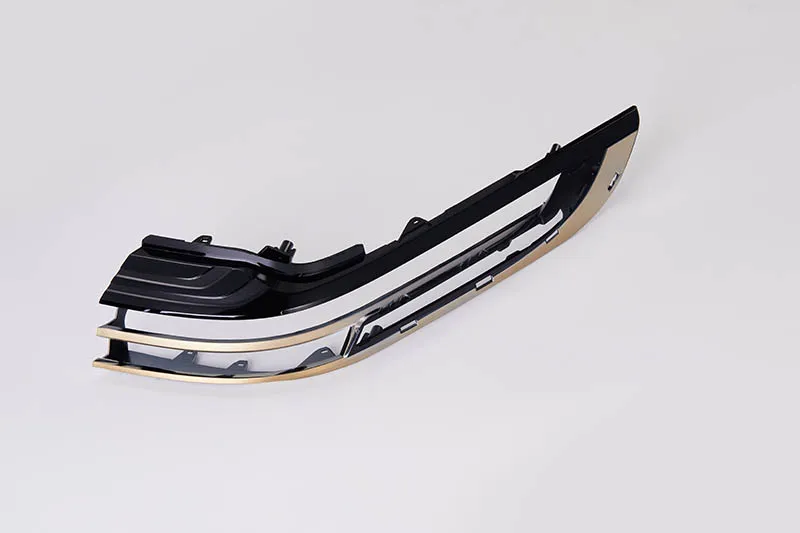Introduction
Automotive parts are essential for the proper functioning of any vehicle, and their maintenance is key to ensuring a smooth, safe, and efficient driving experience. Whether it’s an engine, transmission, brakes, or suspension system, regular maintenance and timely repairs are crucial to extending the lifespan of car parts and preventing costly breakdowns. This article explores the importance of maintaining automotive parts, provides practical maintenance tips, and explains how to detect wear and tear early to address issues before they turn into major problems.
Why Maintenance of Automotive Parts Is Important
Maintaining automotive parts is essential for several reasons:
- Safety: Worn or damaged parts can compromise the safety of your vehicle. For example, faulty brakes, suspension issues, or a worn-out steering system can lead to dangerous driving conditions. Regular maintenance helps identify and address potential safety hazards.
- Performance: Properly maintained parts function at their optimal level, ensuring that the vehicle operates efficiently. Neglecting maintenance can lead to decreased performance, such as reduced fuel efficiency, slower acceleration, and increased emissions.
- Cost Efficiency: Regular maintenance can help you catch problems early, preventing more expensive repairs later. For example, replacing worn brake pads is much cheaper than dealing with a complete brake system failure.
- Resale Value: A well-maintained vehicle retains its value better than one with neglected parts. Regularly servicing key components can help maintain the car’s condition and maximize its resale value.
Routine Maintenance for Key Automotive Parts
Each automotive part requires different types of maintenance depending on its function and the conditions it’s exposed to. Below are some general maintenance tips for common automotive parts:
1. Engine and Engine Components
The engine is the heart of your vehicle, and maintaining it is critical for optimal performance.
- Change the Oil Regularly: Regular oil changes are essential to keep the engine running smoothly. Engine oil lubricates moving parts, reducing friction and preventing overheating. Typically, oil should be changed every 3,000 to 5,000 miles, but always refer to the manufacturer’s guidelines.
- Check the Air Filter: A clean air filter ensures that the engine receives enough air for combustion. Inspect the air filter every 12,000 to 15,000 miles and replace it if it appears dirty or clogged.
- Monitor Coolant Levels: Keep an eye on your vehicle’s coolant level to prevent overheating. Low coolant can lead to engine damage, so check the coolant level at regular intervals and top it up as needed.
- Inspect Belts and Hoses: Over time, belts and hoses can crack or wear out. Inspect them regularly for signs of wear, and replace any that are frayed, cracked, or leaking.
2. Brake System
The brake system is one of the most important safety components of a vehicle, and maintaining it is crucial.
- Check Brake Pads: Brake pads wear out over time due to friction with the rotors. Inspect them regularly, especially after 25,000 to 50,000 miles, and replace them if the thickness is below the manufacturer’s recommendation.
- Flush Brake Fluid: Brake fluid can absorb moisture over time, which reduces its effectiveness. It’s important to flush and replace the brake fluid every 2 to 3 years to ensure that the brake system functions at its best.
- Inspect Rotors: Worn or warped rotors can cause vibrations and reduce braking efficiency. Check rotors for grooves or signs of damage, and replace them if necessary.
3. Tires and Suspension System
The tires and suspension system work together to ensure smooth handling and ride comfort. Regular maintenance can prevent premature wear and improve vehicle stability.
- Check Tire Pressure: Low tire pressure can cause poor fuel economy, uneven tire wear, and affect handling. Check tire pressure at least once a month and before long trips, and keep the pressure within the recommended range.
- Rotate Tires Regularly: To ensure even tire wear, rotate your tires every 6,000 to 8,000 miles. Uneven wear can lead to reduced traction and poor handling.
- Inspect Suspension Components: The suspension system absorbs shocks and keeps the tires in contact with the road. Regularly inspect components like shocks, struts, and bushings for signs of wear or damage.
4. Transmission System
The transmission is responsible for transferring power from the engine to the wheels. Keeping it well-maintained is essential for smooth shifting and preventing costly repairs.
- Check Transmission Fluid: Transmission fluid lubricates the moving parts within the transmission and helps prevent overheating. Check the fluid level regularly, and replace the fluid according to the manufacturer’s recommendations.
- Inspect the Clutch: For vehicles with a manual transmission, the clutch is crucial for smooth shifting. If you experience difficulty shifting gears or a slipping clutch, it’s time to have it checked and replaced if necessary.
5. Battery and Electrical System
The battery provides the electrical power to start the vehicle and operate various electrical components.
- Check the Battery Terminals: Ensure the battery terminals are clean and free of corrosion. Corrosion can impede the flow of electricity and lead to starting issues. Clean the terminals with a mixture of baking soda and water if necessary.
- Test the Battery: Test the battery’s voltage regularly, especially if your vehicle is slow to start or if you notice electrical issues. Most batteries last 3 to 5 years, but it’s important to replace them before they fail.
- Inspect the Alternator: The alternator charges the battery while the vehicle is running. If your lights dim or electrical systems malfunction, the alternator may be failing and should be inspected.
Signs of Wear and Tear in Automotive Parts
Even with regular maintenance, parts will eventually wear out. Recognizing the signs of wear and tear early can help you address issues before they become major problems.
- Strange Noises: Unusual noises, such as grinding, squealing, or knocking, can indicate that something is wrong with a particular part. For example, squealing brakes often mean the brake pads need replacement, while knocking noises could signal engine problems.
- Warning Lights: Pay attention to warning lights on your dashboard. These lights are there to alert you to potential issues with key systems like the engine, brakes, or battery. If a warning light comes on, it’s essential to have the vehicle inspected by a professional.
- Vibrations or Handling Issues: If you experience vibrations, pulling to one side, or difficulty steering, this could indicate suspension or tire issues. Have your vehicle inspected to identify the source of the problem.
- Fluid Leaks: Leaks of engine oil, coolant, brake fluid, or transmission fluid can signal that there’s an issue with seals, gaskets, or hoses. Address leaks promptly to prevent further damage.
- Decreased Performance: If your vehicle’s performance starts to deteriorate, such as poor acceleration, difficulty shifting gears, or reduced braking power, it could be a sign that one or more parts need maintenance or replacement.
Professional Maintenance vs. DIY Maintenance
While many basic maintenance tasks can be done by car owners themselves, there are certain tasks that require professional expertise, such as:
- Engine Diagnostics: Modern engines are equipped with complex sensors and computers that require specialized diagnostic equipment to troubleshoot.
- Transmission Repairs: The transmission is a complicated system, and repairs or rebuilds often require professional attention.
- Air Conditioning and Heating Systems: These systems involve refrigerants and other components that need specialized knowledge and equipment to repair.
If you’re ever in doubt, it’s best to consult a professional mechanic to ensure that the job is done correctly and safely.
Conclusion
Proper maintenance is essential to ensure the longevity and performance of automotive parts. By following a routine maintenance schedule and staying vigilant for signs of wear, you can avoid costly repairs and ensure that your vehicle continues to run smoothly. Whether it’s routine tasks like oil changes or more complex tasks like transmission fluid checks, regular attention to your vehicle’s components will save time, money, and ensure your safety on the road. Always remember that a well-maintained vehicle is a more efficient, reliable, and safer one.




